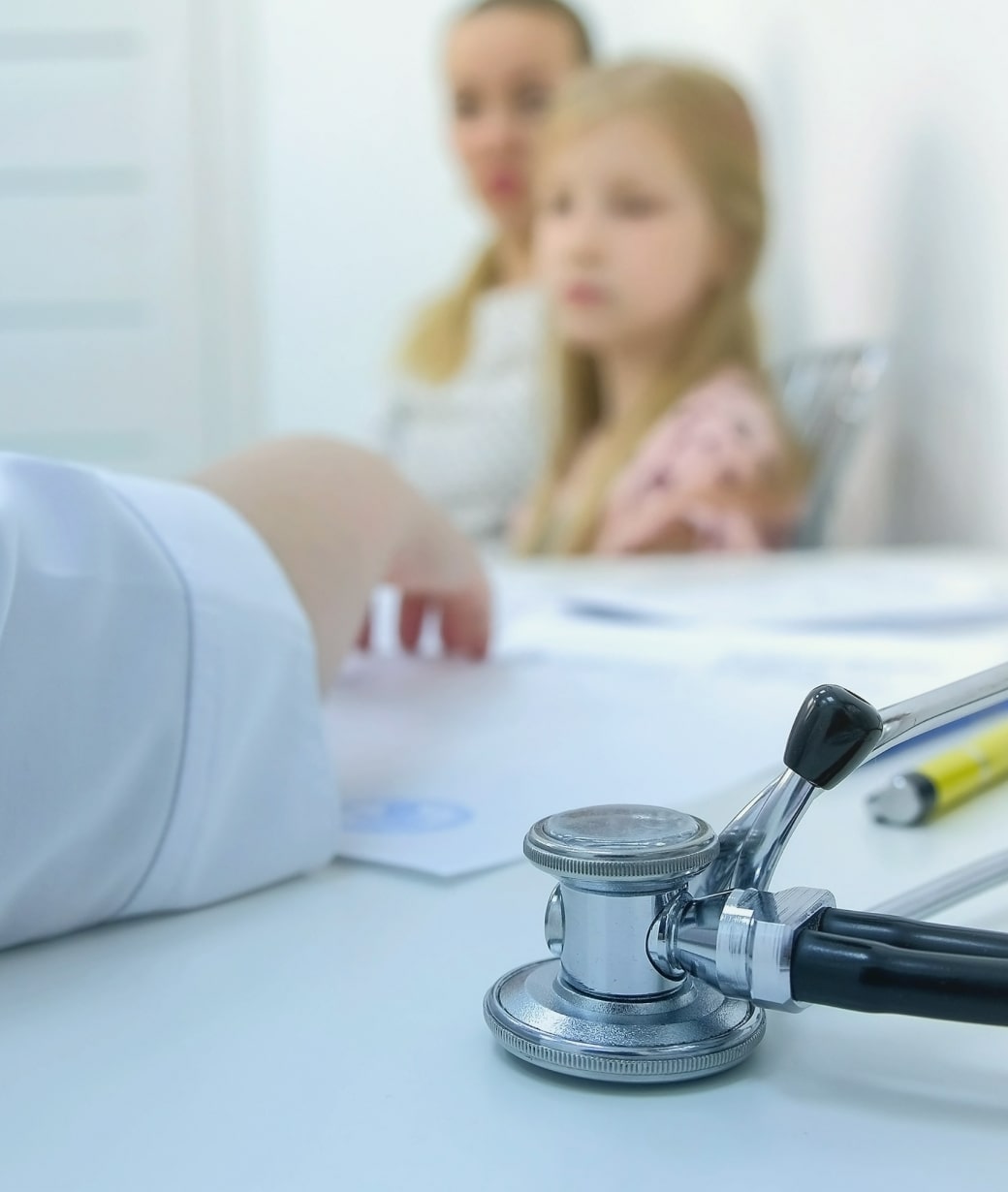Change Location:
Change Location:
The Children’s Doctor provides comprehensive care for infants, children, adolescents and young people from the ages of birth through 21 years.
Some of the more specialized care provided includes Adolescent Gyn, ADHD and associate Behavior Problems, Asthma and related allergic conditions, Autism and related Pervasive Developmental Disorders.
We have an onsite CLIA approved laboratory where tests may be performed to diagnose strep infections, Flu infections, RSV infections, skin fungus disorders, mono, and routine urine screening.
Minor surgery is performed including the suturing of minor lacerations, surgical excision of toenails to treat ingrown toenails, incision and drainage of boils, and removal of skin growths and foreign bodies in various places.
We perform state-of-the-art spirometry to assess asthma treatment and tympanometry to determine the effectiveness of treatment of ear infections.
We have a very large pool of pediatric specialists both locally and at tertiary centers to whom we refer patients whose problems are extraordinarily complex.
